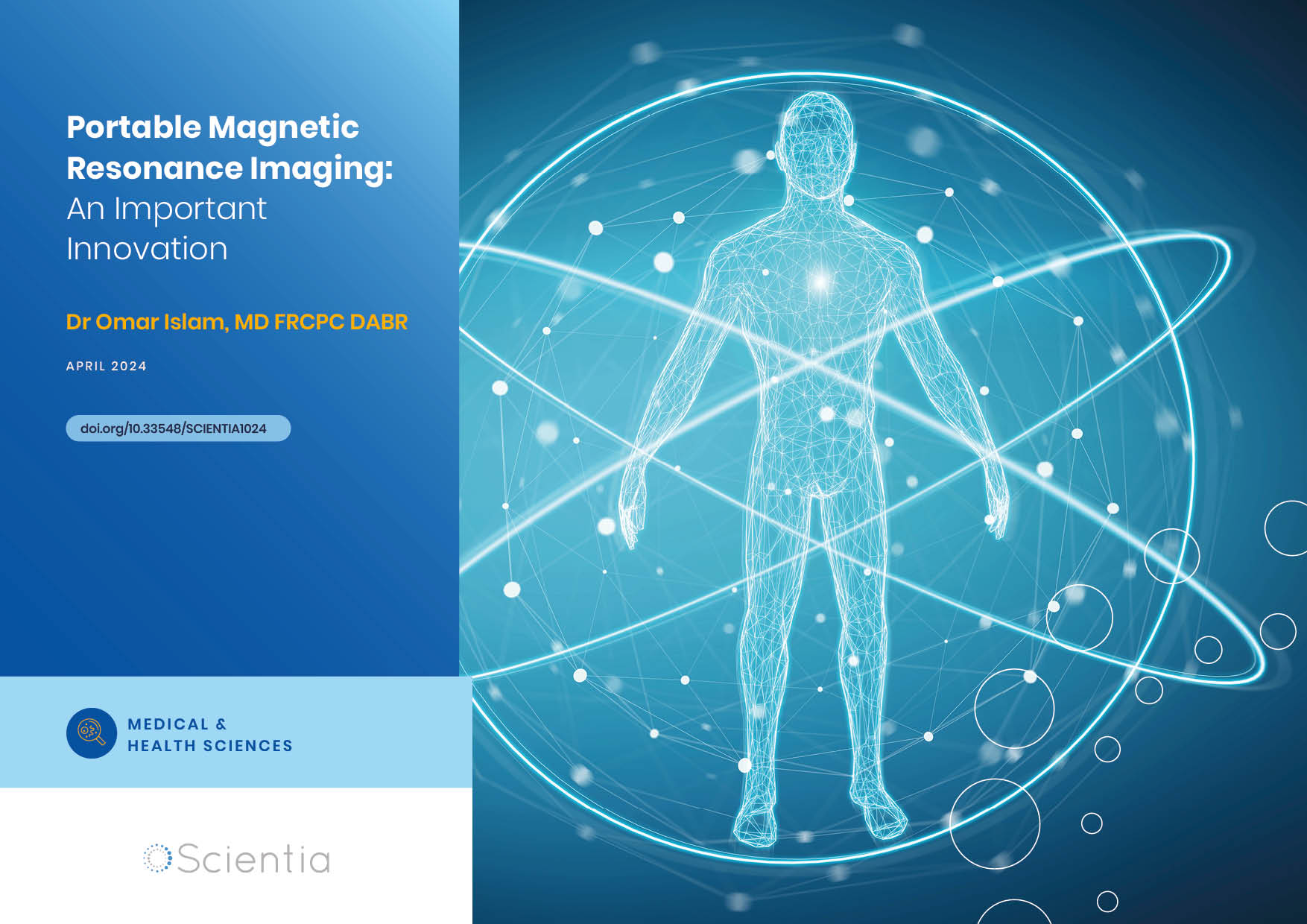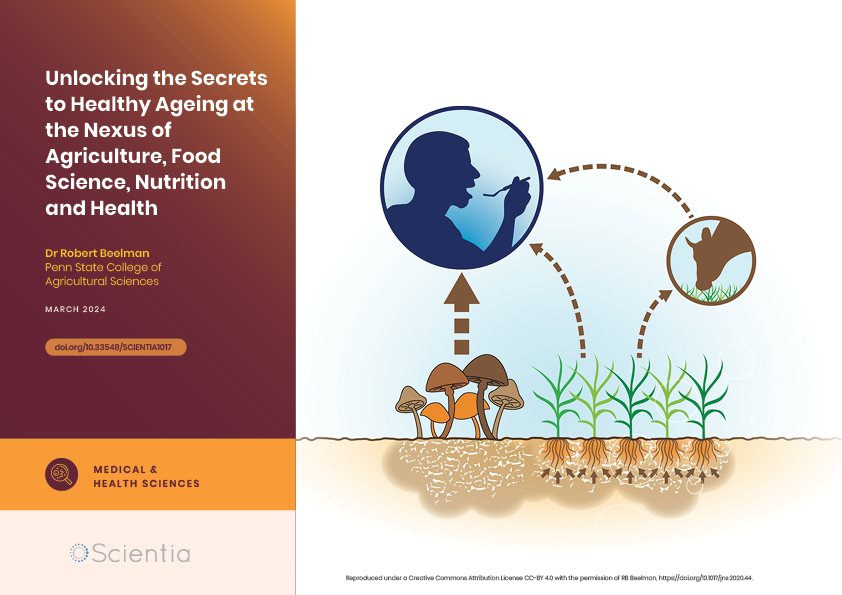Dr Diane Barber | Dysregulated Intracellular pH can Enable Different Diseases
The pH inside our cells is constantly changing, but also carefully controlled within certain limits. Dynamic intracellular pH (pHi) is essential for normal cell behaviours, but when it becomes dysregulated, it can enable an array of diseases from cancer to Alzheimer’s. Dr Diane Barber from the University of California San Francisco has carried out extensive research into how normal pHi dynamics regulate cell behaviours and the impact that dysregulated pHi can have in different diseases.
Understanding pH in Cells
The pH of a substance is a measure of how acidic or alkaline it is, or in other words, the concentration of hydrogen ions (H+) it contains. A solution with a higher concentration of hydrogen ions is acidic and has a lower pH, one that has a value of less than 7. The pH scale is measured between 0 and 14, so an alkaline solution is one with a value of 8 and above. Neutral solutions are those with a pH of 7 – such as water, for example.
In cells, pH generally ranges between 7.0 to 7.6 but is dynamic, meaning that it can fluctuate, and controlling these pH changes is important for normal cell behaviours. During disease processes, this balance can be disturbed. For example, compared to the pHi of normal cells, cancer cells generally have a higher dynamic intracellular pH (pHi) and brain cells with neurodegenerative diseases have a lower pHi. It is important to understand how and why this happens as well as what the implications are if we are to better understand human pathologies. This is the focus of the research of Dr Diane Barber from the University of California in San Francisco. Her studies have led to fascinating new discoveries into the inner working of our cells and what can go very wrong.

Protonation and Deprotonation as Posttranslational Modifications
Proteins are created using the coding structures of our DNA. Through processes called transcription and translation, genes are read by cell machinery and used as a template to bring together amino acids to create a required protein. Once this new protein has been released into the cell to carry out its functions, it will often be subject to posttranslational modifications. These alterations are important to regulate the stability and activity of the protein as well as its binding affinity (how well it attaches to other molecules). Common examples of posttranscriptional modifications are phosphorylation, whereby a phosphoryl group (PO3–) is added, and ubiquitination, which is the addition of a protein called ubiquitin.
But work from Dr Barber and her collaborator Dr Matthew Jacobson, a computational protein biophysicist at the University of California San Francisco, compellingly shows that protonation and deprotonation should be classed as a posttranslational modification. They showed that fluctuations of the pH within cells (intracellular) or outside of them (extracellular) can change the charge of an amino acid side chain, and with protonation or deprotonation, alter the structure and function of that protein. Whilst other posttranslational modifications need an enzyme to facilitate the reaction, adding or removing a proton does not and it is very quick as well as easily reversible.
Drs Barber and Jacobson discovered that this type of modification is achieved on certain pH-sensing proteins via a small number of sites which they called pH sensors. Subsequently, Dr Barber investigated the structural mechanisms of these proton posttranslational modifications and the consequences that modified pH-sensing proteins have when regulating cellular processes. According to Dr Barber, ‘Determining protonation and deprotonation, however, is more challenging compared with other types of posttranslational modifications because it is not detected by mass spectrometry or antibodies, nor is it catalysed by an enzyme.’
Nevertheless, she found that the pHi is highly dynamic and this is essential for many normal cell behaviours such as cell migration, metabolism and cell cycle progression. However, they are also implicated in many pathological cellular events, including cancer and tumorigenesis. ‘We now know that pHi is dysregulated in many diseases. For example, compared with normal cells, pHi is constitutively increased in most cancers regardless of tissue origin or gene mutations. In contrast, pHi is constitutively decreased in neurodegenerative disorders, including Alzheimer’s disease and frontotemporal dementia’ explains Dr Barber. Because of this, engineering methods to target and control proton posttranslational modification could be a promising avenue to explore in the development of novel therapeutics.

pH Dysregulation in Cancer
The issue of pHi dysregulation –specifically, increased pHi in cancers – is a current focus of Dr Barber’s group. A relatively high internal pH and low external pH are already known markers of a cancerous cell and it has been shown in in vitro cell models to increase cell division, cell migration, and limit cell death (known as apoptosis). However, this had not been thoroughly investigated in vivo – in a living organism. Therefore, Dr Barber and her team used a type of fly that is a common animal model called Drosophila melanogaster in their study.
Interestingly, they showed that increasing pH was sufficient to induce dysplasia, which is an abnormal development of cells that can lead to cancer. This was seen in the absence of an activated oncogene, a mutated gene that sets off reactions that result in a tumour. The newly raised internal pH of the cells enabled cancer cell behaviours like dividing faster and growing into surrounding tissues. But promisingly, the study also demonstrated how these cancer cells might be overcome. They revealed that preventing hydrogen ions from leaving cells having cancer-causing oncogenic Raf or Ras mutations caused acidosis and this man-made increased acidity had the ability to kill the cancer cells. Dubbed synthetic lethality, Dr Barber believes that utilising it alongside activated oncogene expression could be a therapeutic method of preventing cancer progression whilst limiting side effects.
‘We now know that pHi is dysregulated in many diseases. For example, compared with normal cells, pHi is constitutively increased in most cancers regardless of tissue origin or gene mutations. In contrast, pHi is constitutively decreased in neurodegenerative disorders, including Alzheimer’s disease and frontotemporal dementia.’
Characterising Amino Acid Mutation Signatures
In a separate series of studies that explored other ways that a higher pHi might enable cancer, the Barber group turned their attention to cancer-causing mutations in proteins that change amino acids to be more sensitive to pH regulation. Specifically, they found that if a mutation caused an amino acid change from an arginine, which is always protonated, to a histidine, which can be protonated at lower pH and deprotonated at higher pH, it conferred pH sensing that enabled the higher pHi of cancer cells to enhance the function of oncogenes and impair the function of tumour suppressor proteins.
From this work on what they call charge-changing mutations, with Dr Jacobson and Dr Ryan Hernandez (also at the University of California San Francisco), Dr Barber used machine learning and computational analysis to create a newly defined classification of cancer subtypes. In general, cancer is thought of as a group of different diseases, differentiated by distinct mutations and tissue origins, which are commonly used to classify cancer subtypes. In contrast, the alternative classification proposed by Dr Barber and her colleagues is based on amino acid mutation signatures.
When a genetic mutation occurs, it means that part of the DNA has been spontaneously altered in some way. Mutations can be a base substitution, a deletion or an insertion. Because the genes provide the coding for which amino acids to bring together to form a protein strand, an alteration in the DNA can result in incorrect amino acids being added to the protein – an amino acid mutation.
When Dr Barber and her colleagues examined 29 different cancers for amino acid mutation signatures, their analysis revealed some clear and exciting results. Certain cancer types have mutation signatures with high instances of an arginine amino acid changing to a histidine, others are dominated by glutamic acid to lysine mutations, and some have very complex signatures characterised by multiple amino acid mutations.

Using an open-source catalogue called the COSMIC somatic mutation database, the team validated their results from samples all over the world. Through this investigation, they identified which amino acid mutations are common among specific cancer in addition to which mutations frequently appear together. What made their analysis particularly significant is their finding that some cancers previously classified as disparate, such as brain medulloblastoma and pancreatic cancers share a high occurrence of arginine to histidine mutations. Additionally, previously considered disparate cancers such as melanoma and bladder cancer share a high occurrence of glutamic to lysine mutations.
Importantly, charge changing mutations do not only occur in cancer, but in fact, they appear in a vast range of diseases. Muscular dystrophy, Alzheimer’s disease, heart septal defects, cystic fibrosis and many more, are all implicated by charge changing mutations. Dysregulated pHi is also associated with many of these diseases, which opens new directions for testing effects on how charge changing mutations confer disease pathologies.
Through her dedicated work, Dr Barber has greatly improved our knowledge and understanding of the role that pHi plays in an array of diseases. By delving deeper into charge changing mutations, she has provided insight into how dysregulated pHi dynamics can enable some diseases and where new therapeutics investigations might be directed in the future.
SHARE
DOWNLOAD E-BOOK
LISTEN TO THE AUDIO
REFERENCE
https://doi.org/10.33548/SCIENTIA828
MEET THE RESEARCHER

Dr Diane L. Barber
Department of Cell and Tissue Biology
University of California
San Francisco, CA
USA
Dr Diane Barber received her BSc in Biological Science and her MSc in Physiology from the University of California Davis, followed by her PhD in Anatomy from the University of California Los Angeles. She is currently an Endowed Professor and Chair in the Department of Cell and Tissue Biology at the University of California San Francisco. Dr Barber’s pioneering research has earned her many awards, including election as a Fellow to the American Association for the Advancement of Science in recognition of her distinguished contributions to science. Her research focuses on studying the dynamic nature of intracellular pH and the effect this has on cell behaviours, including those that lead to cancer.
CONTACT
W: https://dbarberlab.ucsf.edu
KEY COLLABORATORS
Matthew Jacobson PhD, University of California San Francisco
Todd Nystul PhD, University of California San Francisco
FUNDING
National Institutes of Health
National Science Foundation
FURTHER READING
ZA Szpiech, NB Strauli, KA White, et al., Prominent features of the amino acid mutation landscape in cancer, PloS One, 2017, 12(8), 0183273. DOI: https://doi.org/10.1371/journal.pone.0183273
KA White, BK Grillo-Hill, DL Barber, Cancer cell behaviors mediated by dysregulated pH dynamics at a glance, Journal of Cell Science, 2017, 130, 4, 663–669. DOI: https://doi.org/10.1242/jcs.195297
BK Grillo-Hill, C Choi, M Jimenez-Vidal, DL Barber, Increased H+ efflux is sufficient to induce dysplasia and necessary for viability with oncogene expression, eLife, 2015, 4, 03270. DOI: https://doi.org/10.7554/eLife.03270
A Schönichen, BA Webb, MP Jacobson, DL Barber, Considering Protonation as a Posttranslational Modification Regulating Protein Structure and Function, Annual Review of Biophysics, 2013, 42, 289–314. DOI: https://doi.org/10.1146/annurev-biophys-050511-102349

REPUBLISH OUR ARTICLES
We encourage all formats of sharing and republishing of our articles. Whether you want to host on your website, publication or blog, we welcome this. Find out more
Creative Commons Licence (CC BY 4.0)
This work is licensed under a Creative Commons Attribution 4.0 International License. 
What does this mean?
Share: You can copy and redistribute the material in any medium or format
Adapt: You can change, and build upon the material for any purpose, even commercially.
Credit: You must give appropriate credit, provide a link to the license, and indicate if changes were made.
SUBSCRIBE NOW
Follow Us
MORE ARTICLES YOU MAY LIKE
Dr Yong Teng | Improving the Outlook for Head and Neck Cancer Patients
Dr Yong Teng at the Emory University School of Medicine is working with colleagues to overcome the high mortality of individuals diagnosed with cancers affecting the head and neck. One of his approaches is based on understanding the particular mechanisms of the ATAD3A gene, which new insights suggest are closely related to cancers affecting the head and neck.
Professor Toni Miles | Why Understanding Bereavement Matters
Professor Toni Miles has dedicated her research efforts to measuring bereavement and its impact on population health. Individual experience with bereavement is commonplace, but we know little about its impact on society when there is an instantaneous experience by a large number of individuals, i.e., mass bereavement. To measure its occurrence, her research with colleagues first confirmed that bereavement can be effectively measured in population surveys. Professor Miles argues that we should use such approaches to deliver interventions aiming to reduce the negative consequences of bereavement on individuals. By measuring bereavement in communities, these data become a cost-effective way to increase resilience, reduce demands on healthcare systems, and enhance public safety.
Dr Omar Islam | Portable Magnetic Resonance Imaging: An Important Innovation
Imaging technologies are vital in modern medicine and have revolutionised how clinicians make diagnoses and monitor disease progression. However, the necessary equipment – such as a scanner for magnetic resonance imaging (MRI) – is very large and expensive, requiring patients to go to the scanner rather than receiving scans as bedside care. This takes up valuable staff time and resources, and can present further risks to patients. Dr Omar Islam from Queen’s University and Drs Aditya Bharatha and Amy Lin from the University of Toronto are showing how portable MRI scanners may offer a viable alternative that benefits patients and healthcare systems.
Dr Robert Beelman | Unlocking the Secrets to Healthy Ageing at the Nexus of Agriculture, Food Science, Nutrition and Health
Dr Robert Beelman is Professor Emeritus of Food Science and the Director of the Center for Plant and Mushroom Foods for Health at Penn State College of Agricultural Sciences. His groundbreaking research on the medicinal properties of mushrooms and vital nutrients like Ergothioneine has opened new pathways in understanding the link between diet, soil health, and human longevity.





